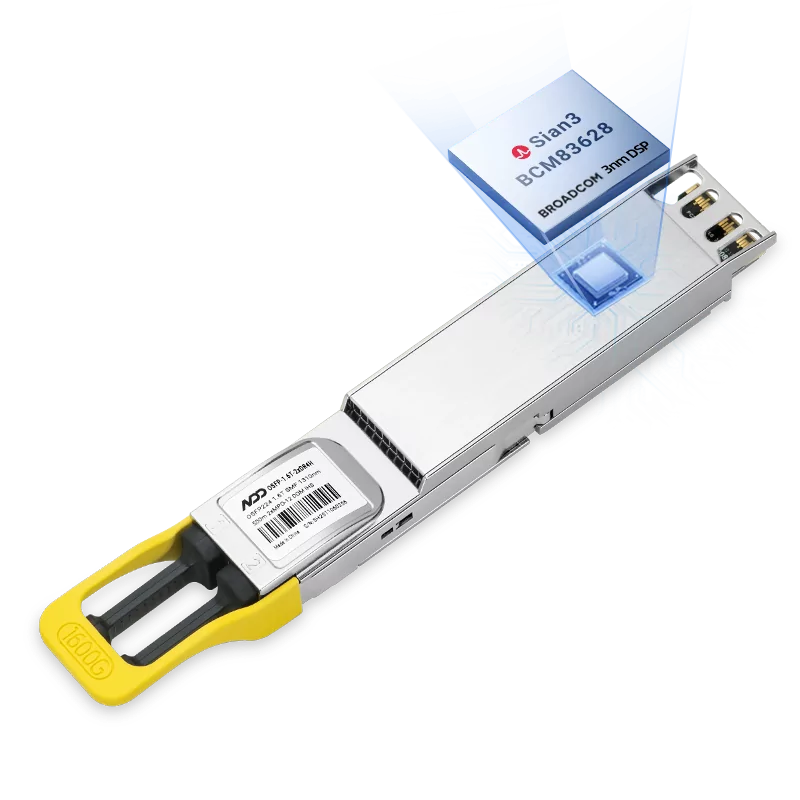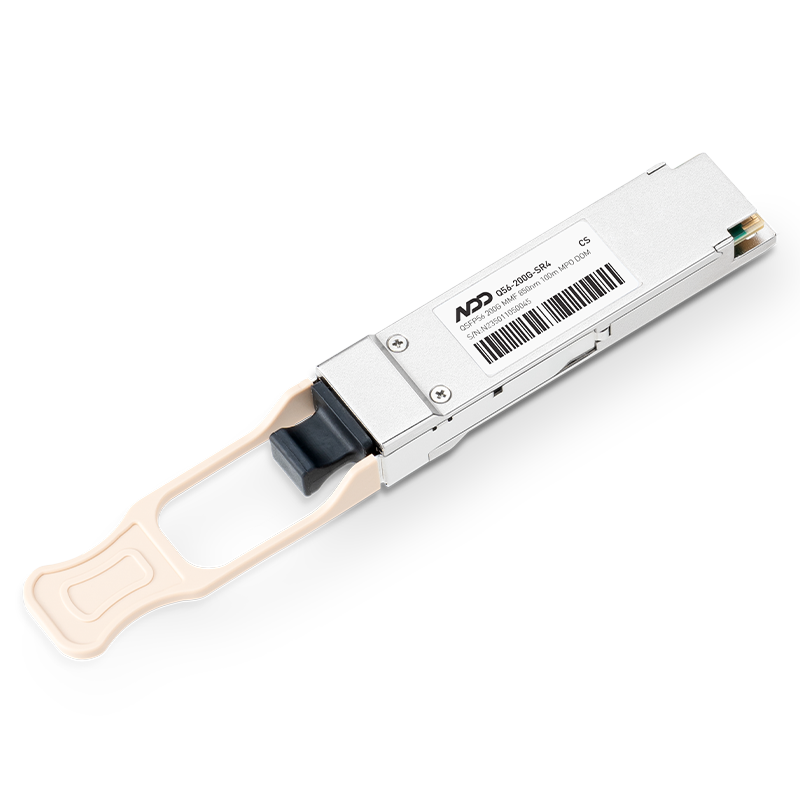Find the best fit for your network needs

share:
 800GBASE-2xSR4 OSFP PAM4 850nm 50m MMF Module
800GBASE-2xSR4 OSFP PAM4 850nm 50m MMF ModuleLearn More
Popular
- 1Multimode Fiber: Differences Between OM1, OM2, OM3, OM4, and OM5
- 251.2T Network Upgrades: Mastering SerDes Tech in Optical Transceivers
- 3High-Speed Futures with 800G Optical Transceivers
- 4The Key Role of High-quality Optical Transceivers in AI Networks
- 5Common Problems While Using Optical Transceivers in AI Clusters

















































